Refined and rare Italian Biedermeier-style coffee table; the particular shaping of the top, is repeated both on the massive column that supports it and on the solid base, creating a uniform whole but with a strong and personal aesthetic. The coffee table was created between 1890 and 1895 in Cantù, in the province of Como, Italy, one of the most important cities for handcrafted furniture production in Lombardy. It is home to numerous luxury and designer furniture manufacturers, who create unique, custom-made pieces using fine materials and high-level craft techniques. Cantù companies provide furniture for a choice and discerning clientele, including private individuals and luxury furniture projects for hotels, restaurants, and prestigious residences around the world. The artisans were inspired by the desire to devise a small object with strong, simple lines and gave the coffee table a timeless elegance; its design plays between austerity and rigorousness, and its exaggerated linearity gives the object a dynamic and stately character. The entire frame is made of walnut with a beautiful and decorative veneer of precious walnut burl. Artisans have treated the walnut burl with ancient techniques of sanding, varnishing, and polishing, thus enhancing the colors, flaming, and grain of this beautiful wood. The upper floor, with these techniques, has taken on a fantastic and fascinating appearance. Walnut burl is obtained from the very root of the tree and is a collection of twisted and twisted wood fibers that give the wood its characteristic hardness and firmness. Briar also has aesthetic value, as it is very elegant and refined due to its many ever-changing natural grain patterns. Each burl item is a completely unique product. The most common burl veneer is walnut, characteristic of luxury furniture. Veneering is an ancient woodworking technique that involves applying a thinner layer of fine wood to a substrate of normal-quality walnut wood; fine walnut wood is harvested from trees grown specifically for this purpose, it is then cut into thin sheets whose thickness varies from 1 to 2 millimeters; the base wood is prepared by applying a special glue then the fine walnut sheets are applied manually and uniformly; after this processing the whole is pressed and allowed to dry, allowing the glue to adhere firmly between the fine walnut wood and the substrate, creating a stable veneer; this once dry is finished with sanding, polishing and the application of protective finishes, such as varnishes or oils, to improve the appearance and durability of the wood. The history of veneering goes back many centuries; it is believed to have been first used in ancient Egypt and China. Over the centuries, this technique has spread throughout the world and has continued to evolve, becoming an important part of the production of high-quality furniture, luxury items, and objets d'art. This ancient technique, applied to our table, has made it possible to enhance the colors, flaming, and grain of fine flamed walnut. The craftsmen who worked on this coffee table succeeded in creating an extraordinary piece of furniture, sought-after and compelling, extraordinary and unique, capable of communicating to us suggestions of past times, tradition and functionality. In addition, the coffee table has been completely restored with ancient manual techniques by our team of craftsmen who have brought out and enriched the already high qualities of this wood. Measurements diameter cm.66, height cm.60.

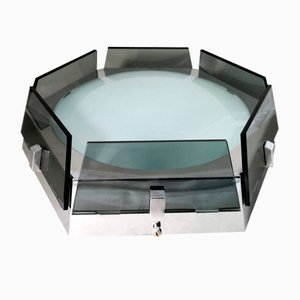

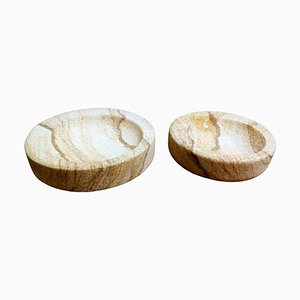




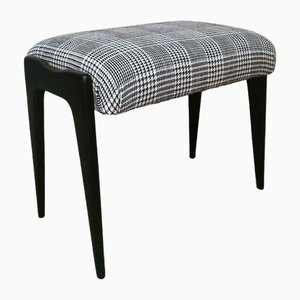


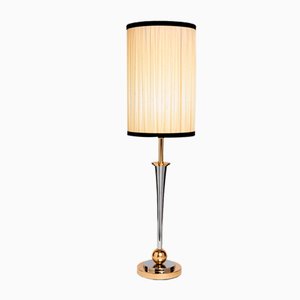
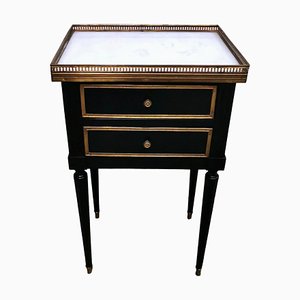
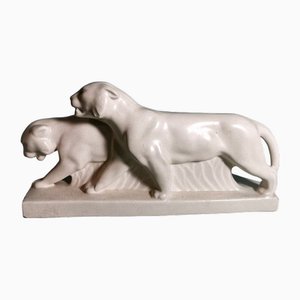
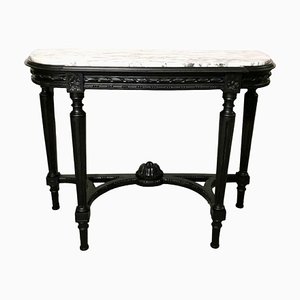



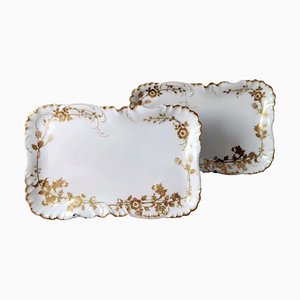

Get in Touch
Make An Offer
We noticed you are new to Pamono!
Please accept the Terms & Conditions and Privacy Policy
Get in Touch
Make An Offer
Almost There!
To follow your conversation on the platform, please complete the registration. To proceed with your offer on the platform, please complete the registration.Successful
Thanks for your inquiry, someone from our team will be in touch shortly
If you are a Design Professional, please apply here to get the benefits of the Pamono Trade Program